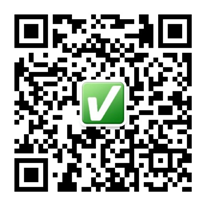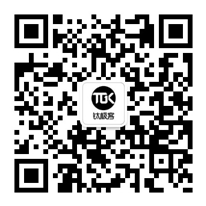Provided the burgeoning development and great potential of Internet of Things (IoT), We can safely conclude that some major shifts are to occur in smart home industry in 2015.
With the smart home market growing, more and more startups are now trying to muscle in. If everything goes well, we will see numerous new products on Next January’s International Consumer Electronics Show (CES). But before that, I’d like to make some wild guesses and here’s my prediction:
Trend One: Control lights via bluetooth
Before long, you will be able to control lights, air outlets and other household appliances in your house via Bluetooth wireless devices. All these appliances will be wired up in a manner that is easier than sticking a paper board on the war. Companies such as Avion (supplier of GE’s Jasco Bluetooth), Oort and Seed will completely change the way people control lights both in workplace and home.
A company once did an experiment on spy camera and concluded that bluetooth’s speed is faster than that of WiFi, since photos will have to be uploaded and then downloaded to users’ phones for a WiFi spy camera, while a Bluetooth spy camera can directly transfer the photos to users. The same is true for household appliances.
Trend Two: Control your house via speech
Although you might not have expected to control your house by speech, every smart home supplier seems to develop in this way. Given that most of our smart phones already have advanced built-in speech recognition system, companies whether large (eg. Nest, Apple) or small (eg. Nucleus) are all going to develop technologies to help users control household appliances via speech.
While Nest will equip their smart home products with Google Now, a speech recognition system developed by Google, Apple will adopt their own speech recognition system Siri. Nucleus also once showed the public their progress in speech recognition technology. With the help of Nucleus’s internal communication system, users get to not only send messages through speaking to their household appliances but also control them through speaking to their phones. It is reported that Ubi is also developing similar speech recognition apps for their smart home product.
Trend Three: The era of low power WiFi
Companies such as Homeboy and Roost have already equipped their smart home products with low-power WiFi, so that users will no longer have to control these products via hubs. For example, Roost has developed a battery using low power WiFi and installed it on a smoke detector, so that users will be able to receive its warning through Internet.
Besides, Homeboy also developed a chargeable spy camera. Both companies have already had their own low power WiFi IP, far before 802.11 ah standard is carried out.
Trend Four: No more home hubs
This year’s blockbuster product Home Hub, a family of wireless residential gateway router modems through which people get to control multiple appliances, will gradually be replaced. Alex Hawkinson, CEO of SmartThings even suggested that they would develop a new application to achieve the same goal. He did acknowledge that it would take some time and not all their products will be applicable to the new application.
Also, if everything goes right, we will be able to see a Beta Version Reach in 2015. Powered by Android, Reach could be used to control video, music and light on a SONOS loudspeaker.
Trend Five: Higher Cost
After a thorough discussion, CEO of Linden Tibbets and ICONTROL announced together that they would charge users extra fees for their IFTTT service, which signifies their confidence that users will be obliged to spend more money in getting better services.
(The article is published and edited with authorization from the author @t.qianzhan.com, please note source and hyperlink when reproduce.)
Translated by Levin Feng (Senior Translator at ECHO), working for TMTpost.








 快报
快报
根据《网络安全法》实名制要求,请绑定手机号后发表评论